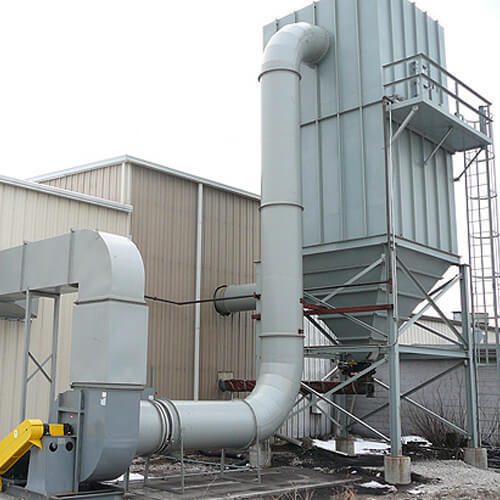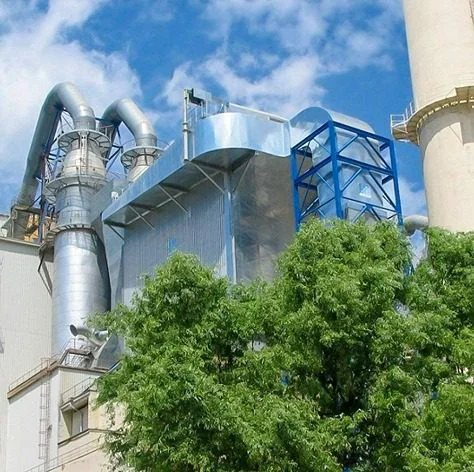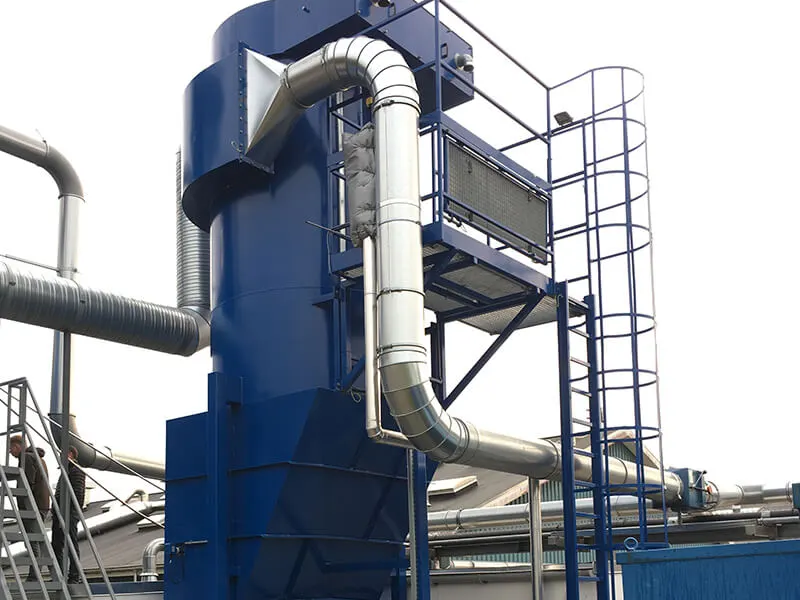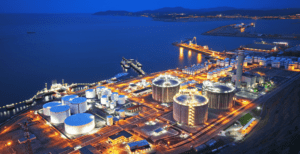Electrostatic Precipitators for air pollution control have become a standard in industrial emission management, and with good reason. As global environmental norms become stricter and industries aim to reduce their ecological footprint, the demand for high-performance dust collection systems has skyrocketed. Whether you’re operating a cement plant, thermal power station, steel furnace, or chemical processing unit, an ESP is often the only filtration solution capable of delivering the required particulate removal without compromising process efficiency.
Сағат Himenviro қарқынды сүзгісі, we have been at the forefront of developing and deploying Electrostatic Precipitator systems for over 30 years. With deep-rooted engineering expertise, in-house manufacturing capabilities, and a commitment to innovation, our ESPs have helped industries meet rigorous air quality standards while improving operational stability. This article explores five technically-sound reasons why ESPs continue to be indispensable for large-scale industrial air pollution control.
1. Exceptional Particulate Removal Efficiency (Up to 99.9%)
One of the most compelling advantages of Electrostatic Precipitators is their ability to capture fine particulate matter with extraordinary precision. Unlike mechanical dust collectors or even some fabric filters, ESPs work by imparting an electrical charge to airborne dust particles and drawing them toward oppositely charged collector plates. This mechanism allows for the efficient removal of particles as small as 0.01 microns.
Our systems at Himenviro қарқынды сүзгісі consistently deliver dust collection efficiencies of 99.7–99.9%, even in high-dust-load environments like cement kilns or coal-fired boilers. The performance is further enhanced by sophisticated controller units that regulate the corona discharge to maintain consistent field strength across varying load conditions. This ensures that the system doesn’t just perform well under optimal conditions — it excels even during load surges or process fluctuations.
What sets our systems apart is not just their raw efficiency, but their stability. We engineer our ESPs to operate at inlet dust concentrations of up to 50 g/Nm³ and still guarantee outlet emissions below 30 mg/Nm³ — often reaching as low as 10 mg/Nm³ when coupled with flue gas conditioning systems.
2. Reliable Operation in High-Temperature and Corrosive Conditions
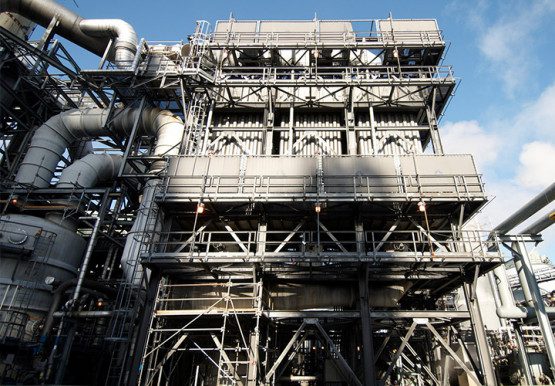
Industrial emissions are not always consistent — they can be hot, chemically aggressive, and full of volatile compounds. This is where ESPs prove far more adaptable than fabric filters or cyclonic separators. Designed to handle flue gas temperatures up to 450°C, ESPs can be customized with specialized discharge electrodes, corrosion-resistant housing materials, and gas distribution baffles to deal with harsh operating conditions.
For instance, in steel and non-ferrous metallurgy operations, flue gases often contain zinc oxide, sulfur compounds, alkalis, and other substances that degrade standard filtration systems. Our ESPs are equipped with acid-resistant internals және temperature-resistant insulation, ensuring they perform reliably even under extreme thermal and chemical stress.
In cement and thermal power plants, thermal cycling and load variation can cause fabric filters to suffer from shrinkage, bag degradation, and performance loss. ESPs, by contrast, do not rely on physical barriers to trap dust — they maintain their performance across cycles without the risk of fabric failure.
In short, our ESPs are designed not just to endure harsh conditions — they are optimized to thrive in them.
3. Low Pressure Drop Means High Energy Efficiency
One of the often-overlooked benefits of Electrostatic Precipitators is their energy efficiency, driven largely by their exceptionally low pressure drop, typically in the range of 100–200 mmWC. This low resistance to airflow translates to lower power requirements for induced draft (ID) fans and reduced energy costs over the equipment’s lifetime.
Сағат Himenviro қарқынды сүзгісі, we go a step further. Our ESPs incorporate precision gas distribution screens, optimized electrode geometry, және high-frequency power supplies that reduce energy spikes and maintain smooth voltage regulation. This means even under full-load conditions, the system draws only the power it needs to maintain performance.
In industries where air volumes can exceed 1 million Nm³/hr, such as cement kilns and utility boilers, even a marginal drop in pressure can yield significant savings, both in terms of electricity bills and fan maintenance. Over a 10-year lifecycle, the cumulative OPEX savings from a well-designed ESP can outweigh its initial CAPEX.
That’s why our ESPs aren’t just efficient in dust removal — they’re cost-efficient in every sense.
4. Minimal Maintenance and Long-Term Durability
Electrostatic Precipitators are inherently robust — they have no moving parts within the gas flow path and no filter elements to replace regularly. This gives them a significant advantage in terms of reliability and lifecycle cost. A properly designed and maintained ESP can run for 20+ years with minimal intervention, making it a truly long-term investment.
Our ESPs at Intensiv Filter Himenviro come with:
- Dual motor-driven rapping systems for controlled cleaning of electrodes and collecting plates
- Level-monitored hoppers for efficient dust discharge
- Нақты уақыттағы бақылау жүйелері that alert operators to anomalies in spark rate, voltage drop, or rapping performance
Routine maintenance is typically limited to bi-annual inspections and occasional gear-tuning, which means minimal downtime and higher plant availability. For industries operating on 24/7 production cycles, this reliability is not just desirable — it’s critical.
Moreover, our support doesn’t end at commissioning. We offer remote diagnostics, annual maintenance contracts, және retrofit services to keep your ESP operating at peak efficiency for decades.
5. Compliance with Global Emission Norms and Sustainable Operations
As nations around the world commit to reducing air pollution and carbon footprints, industries are being mandated to install best-in-class air pollution control devices. ESPs are often the only technology capable of meeting both current and anticipated future standards, particularly in large-scale operations.
Whether it’s India’s CPCB norms (<30 mg/Nm³), Europe’s IED (<10 mg/Nm³), or internal ESG goals, ESPs are already aligned with what modern industry demands. They are also modular, which means they can be retrofitted into existing setups and upgraded in the future to comply with even tighter standards.
At Intensiv Filter Himenviro, we work closely with plant operators to evaluate stack data, model dust load behavior, and engineer ESP systems that do more than just “meet the limit” — they create a buffer for future regulations. This proactive compliance approach protects your business from regulatory risks, brand damage, and production halts.
In a world increasingly driven by environmental accountability, installing a high-performance ESP is not just a regulatory requirement — it’s a step toward sustainable, responsible industrialization.
Қорытынды
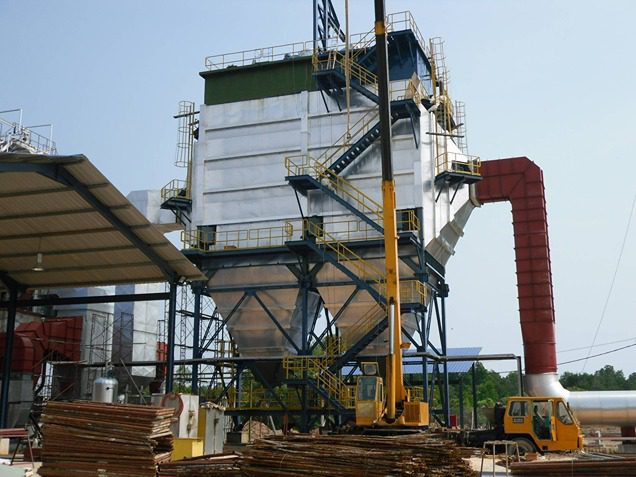
Electrostatic Precipitators are far more than industrial air filters — they are precision-engineered systems that define the backbone of clean industrial operations. From unparalleled particulate collection and high-temperature tolerance to low operational cost and compliance-readiness, ESPs remain the filtration system of choice for any serious emission control strategy.
Сағат Himenviro қарқынды сүзгісі, our legacy is built on delivering high-efficiency ESPs that perform under pressure — literally and figuratively. With decades of industry expertise, field-tested installations, and a portfolio that spans continents and sectors, we are committed to helping industries breathe cleaner, operate smarter, and meet tomorrow’s environmental challenges today.

